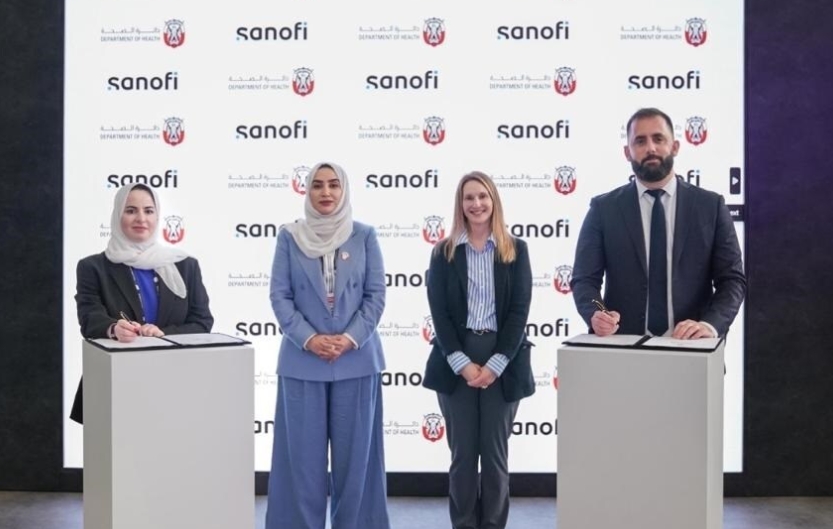
Kieran McBrien, Senior Vice President, Business Development, Novaerus, Germany
Nearly every conversation about air pollution focuses on outdoor pollution. It’s time that changed.
Pollution doesn’t respect boundaries, and bad air outside often means bad air inside. Indoor pollution has a marked effect on health. Each year, around 3.8 million people die prematurely from disease and illnesses caused by household air pollution. One of the greatest contributors is cooking fuel - 40 percent of the world’s population does not have access to clean cooking fuels in their home. In areas that continue to rely on inefficient fuel sources such as kerosene, wood, or coal to cook, issues such as stroke, heart disease, lung cancers and COPD are rife. This is not a coincidence.
It's not a new issue, either. The World Health Organization (WHO) issued guidelines on indoor air quality as far back as 2010. 12 years on, and issues persist.
The impact of poor-quality air on households
Household air pollution disproportionately impacts women and children as they tend to spend more time at home. There is a growing body of evidence that suggests indoor air pollution has a marked impact on child development. The incomplete combustion of inefficient fuel sources is a major contributor to this. By-products such as suspended particulate matter, carbon monoxide, and ozone have been identified as significant risk factors in childhood stunting. A study published in May 2022, found that in India an increase in the average concentration of fine particulate matter by one standard deviation accounted for 5 percent of stunting and 2.4 percent of severe stunting rates. It also found that ozone and carbon monoxide impacted weight-related outcomes.
Exposure to household pollution almost doubles the risk for childhood pneumonia and accounts for 45 percent of all pneumonia deaths in children under 5 years old.
More broadly, of the 3.8 million deaths linked to household air pollution:
The risk in hospital environments
While the impact on the general population is significant, the risk is particularly acute in hospital environments. Even pre-COVID, drug-resistant superbugs such as MRSA were costing 700,000 lives a year. Dr Hatim Sati, a member of WHO’s Antimicrobial Resistance (AMR) Taskforce, is goes so far as to suggest we’re heading towards ‘a post-antibiotic era where a simple wound or dental infection can be fatal.’ The numbers seem to support this, with WHO projecting a staggering 10 million deaths per year by 2050 if no action is taken.
If the rise of MRSA wasn’t evidence enough, the explosive spread of COVID-19 showed just how dangerous airborne pathogens can be. Unfortunately, the response to the pandemic has likely made AMR worse, not better. Early in the pandemic, COVID presented similarly to bacterial pneumonia. Physicians were also concerned that COVID patients may also have bacterial co-infections. In both instances, antibiotics were the default treatment. One study found that 52 percent of COVID-19 admissions resulted in at least one antibiotic being prescribed. In 96 percent of these cases, patients were prescribed antibiotics either at admission, or within the first 48 hours of hospitalisation – most likely before a suspected bacterial infection could be confirmed by lab results.
Tuberculosis is also on the rise. Roughly 500,000 more people may have died of TB in 2020, while the number receiving treatment dropped by one million. Worse, it is increasingly resistant to treatment, with extensively drug resistant TB (XDR-TB) now present in 127 countries and accounting for 6 percent of all multidrug resistant TB cases.
Clearly, antibiotic stewardship remains an area that needs urgent improvement. Another is infection prevention. Properly disinfected air is a critical precautionary measure. Research suggests stand-alone air cleaning devices can help with air purification and ventilation, as well as supporting microbial sampling to identify problem areas more quickly.
These devices may be particularly useful in Asia Pacific. Here, the high humidity experienced in many parts of the region means bacteria and fungi proliferate more rapidly than in more temperate climes. This poses a higher risk to the physical and mental health of people in the region. A recent study indicates that poor air quality can lead to acute impairment of cognitive functioning, including the ability to concentrate and process information. The study found that both air quality and ventilation contributed to the negative impact on health and productivity.
How can novel healthcare technology tackle pathogens in the air?
For a long time, commercial ionizers were thought to help remove pollutants and pathogens from the air. A peer-reviewed study from the University of Texas, however, found that the opposite was true – with some ionizers creating formaldehyde, ozone and particulates. Formaldehyde is of particular concern, especially for sensitive individuals including the very young and old, and people with asthma or other pre-existing breathing problems. For these sensitive individuals, it may cause eye, nose and throat irritation.
Advances in technology provide new alternatives to traditional ionizers. Some, for example, combine multiple, concurrent inactivation processes such as heat and UV radiation, osmotic pressure, electroporation by EM fields and bombardment by charged particles - to remove airborne pathogens and pollutants. Together, these processes drastically decrease the time to inactivate pathogens – where unipolar ionization may take hours, or chemical misting may take hours, these new devices work in a sub-second timeframe. Importantly, they don’t create harmful by-products or biohazard waste. The benefits of such a rapid response in a healthcare environment are clear.
Why should governments and policymakers care about indoor air quality?
WHO continues to call for sustained, coordinated action at all levels when it comes to reducing indoor air pollution. The problems persist, and far too many people remain complacent about improving indoor air quality, perhaps under the mistaken belief that pollutants and pathogens wait politely outside the front door. Proper ventilation and, where appropriate, proper filtration, can greatly reduce the number of airborne pollutants and pathogens. In turn, this may have a directly positive impact on everything from child development to cognitive functioning to infection control.
Given the many benefits, it is surprising that local governments are not heeding the call to action. In Singapore, for example, there are no regulations covering the enforcement of indoor air quality. Instead, there is a code of practice limited to “Indoor Air Quality for Air-Conditioned Buildings’ which recommend good practices for managing indoor air quality, along with recommended standards and limits to follow. The code does recognise poor air quality can lead to “sick building syndrome” and urges building and facility managers to ensure good air quality to “ensure the health and wellbeing of all people in indoor environments.”
Let’s start taking indoor air quality seriously so we can all breathe easier.
Author: Kieran McBrien, Senior Vice President, Business Development, Novaerus, Germany




